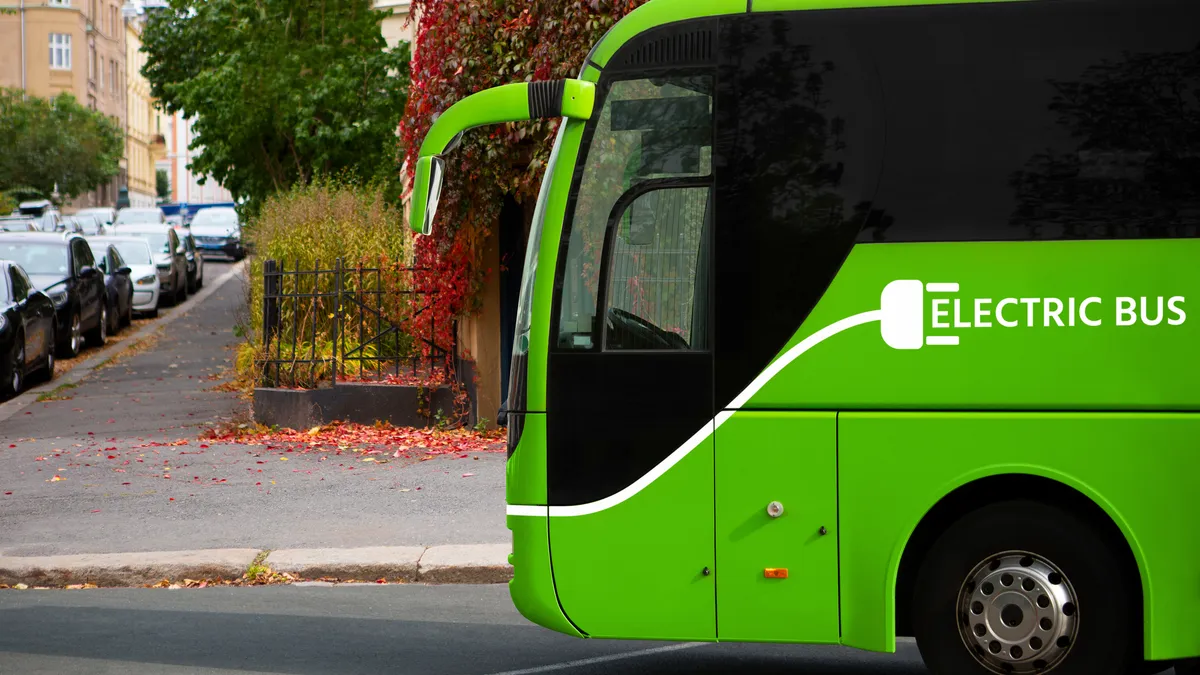Nearly 5,500 new full-size zero-emission transit buses were on the road, on order or funded in the U.S. in 2022, a 66% increase over the previous year, according to data released this week by Calstart, a national clean transportation advocacy nonprofit.
California led the nation with an increase of 735 battery-electric and fuel-cell buses, followed by New York, Florida, Texas and Massachusetts. And with nearly 2,000 zero-emission transit buses, California also had the largest fleet.
As of September 2022, the Los Angeles Metropolitan Transportation Authority operated the largest full-size clean bus fleet with 566 battery-electric buses. Florida and New York each had 450 or more vehicles.
Statewide procurement orders are often used for larger buses, said Jared Schnader, senior director and bus initiative lead in Calstart’s Florida office.
The 2021 infrastructure law provided greater sources of funding for zero-emission transit investments, according to the Calstart report. The Federal Transit Administration awarded more than $1.6 billion in grants through the agency’s Buses and Bus Facilities and Low- and No-Emission Vehicle programs last year. Those funds made possible the purchase of 1,100 zero-emission buses.
“Through continued and directed investment, the FTA has enabled the technology to become much more competitive both financially and operationally,” Schnader said in an email.
The majority of clean buses added in 2022 were battery-electric vehicles. Approximately 4% were fuel-cell electric vehicles.
Public transit agencies more than doubled their purchases of small zero-emission buses, vehicles shorter than 30 feet that are often used in demand-response services for older adults and people with disabilities, or in short-distance shuttle services. Schnader said agencies have growing confidence in zero-emission buses, which is expanding now to smaller vehicles.

















